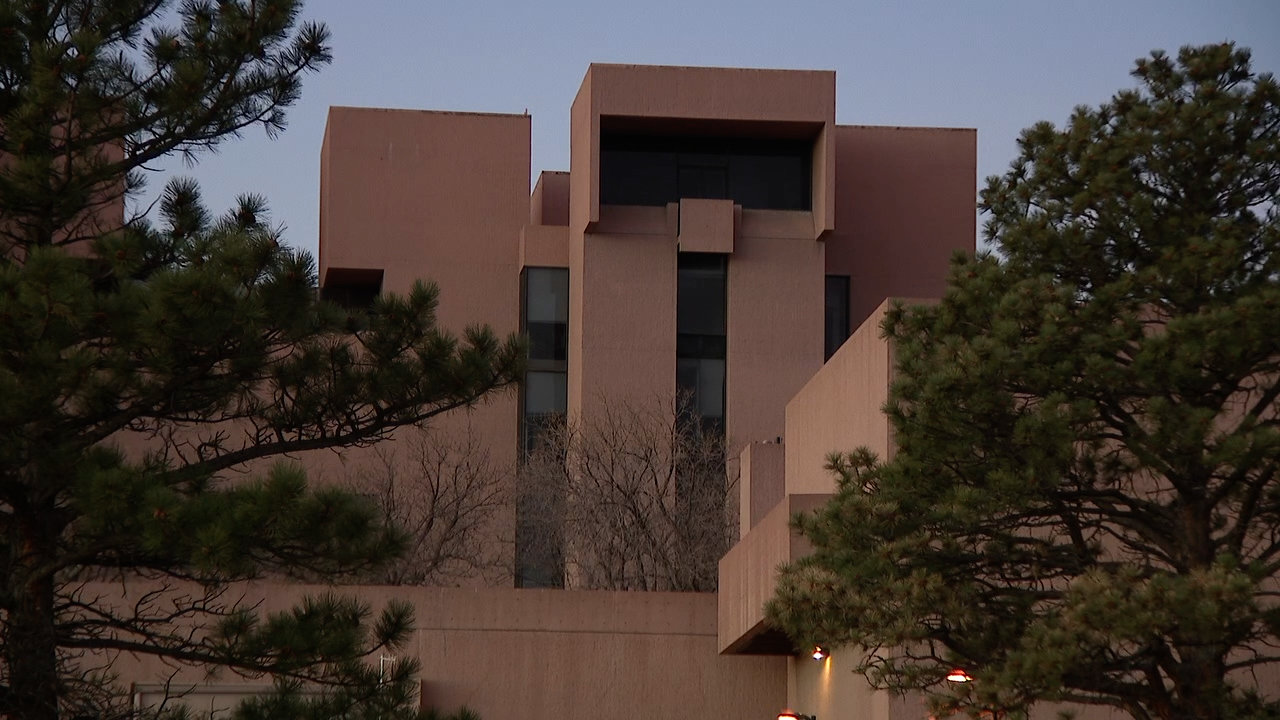A 6-year-old girl with a rare brain disease recently underwent a surgery in California in which half of her brain was disconnected in an effort to help stop her daily seizures.
Brianna Bodley has been suffering from an uncommon disease called Rasmussen's encephalitis, according to a GoFundMe page created by her mother, Crystal Bodley.
On Sept. 28, doctors performed a functional hemispherotomy on the young girl after other treatments for her seizures were not successful.
The surgical procedure involves disconnecting the outer portion of one half of the brain from the other half and from the brainstem, according to Children’s Hospital of Philadelphia. By separating the connection between the abnormal half of the brain from the healthy half and brainstem, seizures that originate in one half of the brain can no longer spread to the other, healthy half or to the muscles of the body.
Since the surgery, Brianna ‘s left side of her body is "turned off due to disconnecting half of her brain" and she is going through intense rehab to learn to walk and move her left arm, her mother said. She will also be going through speech therapy.
“2 things Brianna will never get back is her fine motor skills in her left hand and her peripheral view in her left eyes,” her mother wrote on the GoFundMe page. “She has a long road of recovery but she is a strong and determined little girl. I know she will do great things and overcome all of this.”

According to her mother, Brianna was diagnosed with epilepsy in August 2022 after suffering from nighttime seizures and being hospitalized for five days. The following month she was admitted to the hospital again, and that’s when she was diagnosed with Rasmussen's encephalitis.
According to the National Institute of Neurological Disorders and Stroke (NINDS), Rasmussen's encephalitis is a very rare, chronic inflammatory neurological disease that usually affects only one half of the brain.
It most often occurs in children under the age of 10 but can also affect adolescents and adults.
The disease is characterized by frequent and severe seizures, inflammation of the brain, mental deterioration and progressive loss of neurological functions including motor skills, speech and eventual paralysis on one side of the body, according to the NINDS.










